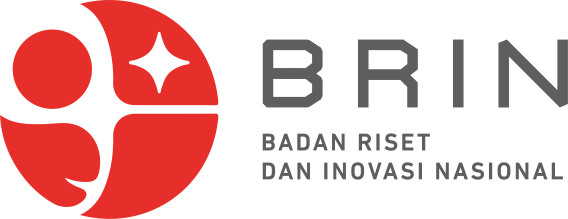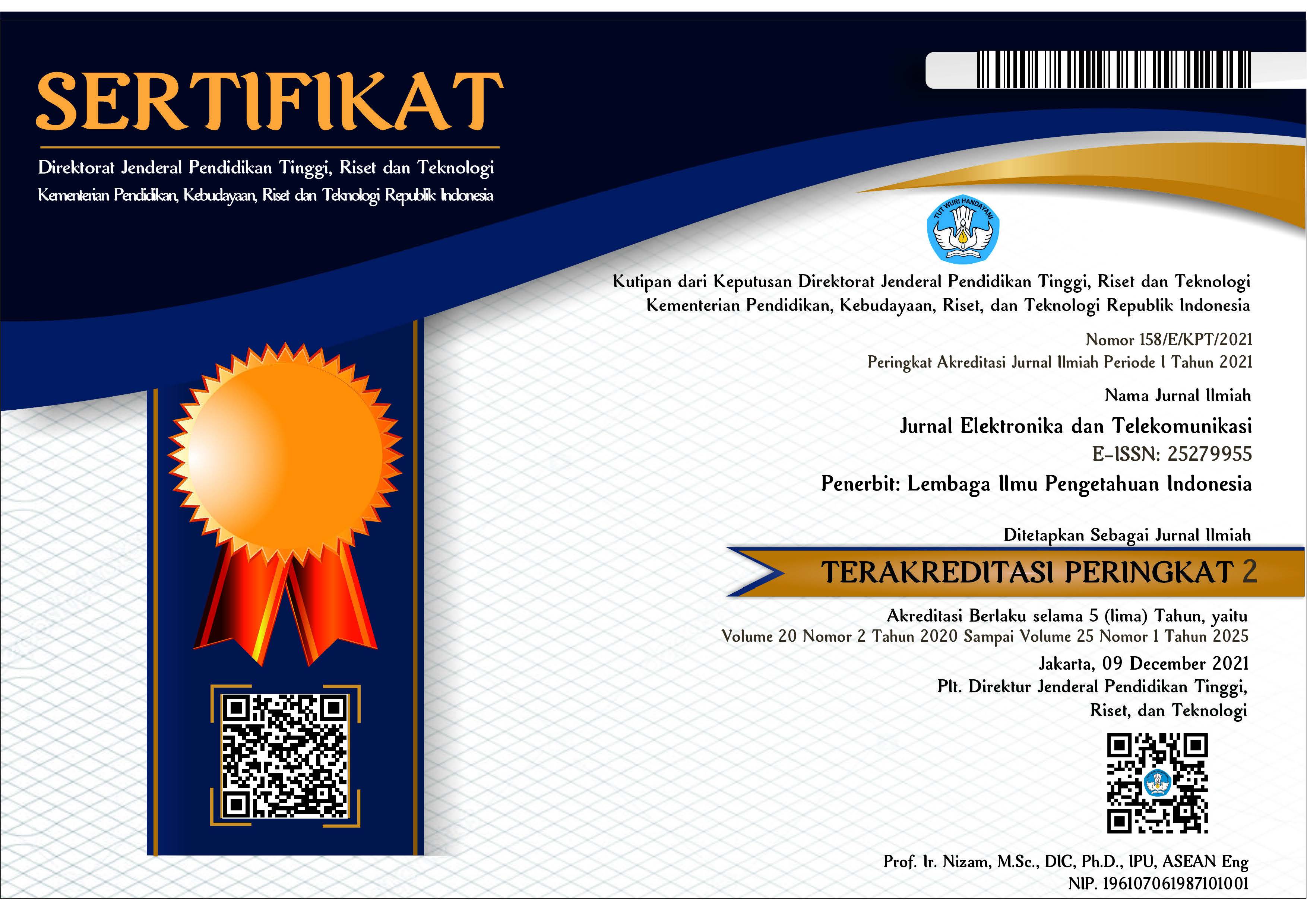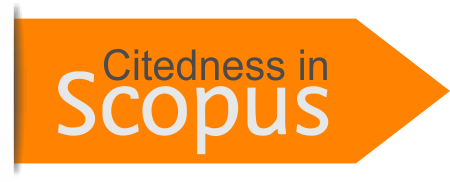Design of Two Phase DC-AC Interleaved Boost Inverter with Voltage Control System using PI Controller
Abstract
DC-DC Interleaved Boost Converter (DC-DC IBC) topology was developed through the interleaving technique since conventional DC-DC Boost Converter has many problems related to complex circuit control, harmonics, and output power. In this research, DC-DC IBC was developed into a Two-Phase AC-AC Interleaved Boost Converter (TP AC-AC IBC), then combined with a Two-Phase Full Bridge Inverter to become a Two-Phase DC-AC Interleaved Boost Inverter (TP DC-AC IBI). TP DC-AC IBI has several advantages, including minimal current and voltage ripples and greater output power because it consists of two AC-AC IBCs. This research aims to meet highly regulated AC voltage needs with the renewable energy source input using the proposed topology, by implementing Proportional Integral (PI) close loop control system. The output voltage is detected using a voltage transducer LV-25P, then compared with a reference voltage and controlled using a PI controller to keep the output voltage consistently stable. The switching signal setting uses the Sinusoidal Pulse Width Modulation (SPWM) technique by modulating the control output with a high frequency. As a verification step, testing was carried out using Power Simulator (PSIM) software and then validated by hardware testing in the laboratory. Testing was carried out using several test signals, and it was found that the proposed method worked well. System efficiency and Total Harmonic Distortion (THD) tests carried out using various load values, and a maximum efficiency of 93.87% and a minimum THD of 2.46% were obtained.
Keywords
References
K. S. Faraj and J. F. Hussein, “Analysis and comparison of dc-dc boost converter and interleaved dc-dc boost converter,” Engineering and Technology Journal, vol. 38, no. 5, pp. 622–635, May 2020, doi: 10.30684/etj.v38i5A.291.
A. V. Deshpande, B. K. Patil, R. B. Magadum, and N. R. Chitragar, “Design and simulation of interleaved boost converter,” 2021 International Conference on System, Computation, Automation and Networking, ICSCAN 2021, no. July, pp. 1–5, 2021, doi: 10.1109/ICSCAN53069.2021.9526469.
K. . L. Shenoy, C. G. Nayak, and R. P. Mandi, “Design and implementation of interleaved boost converter,” International Journal of Engineering and Technology, vol. 9, no. 3S, pp. 496–502, Jul. 2017, doi: 10.21817/ijet/2017/v9i3/170903S076.
Y. Y. Phyo and T. L. Naing, “Modeling and simulation of two-phase interleaved boost converter using open-source software,” International Journal of Electrical and Computer Engineering, vol. 12, no. 10, pp. 781–786, 2018.
R. Kumar, R. K. Singh, R. Kumar, and P. Mishra, “Design and simulation of interleaved boost converter,” Int J Res Appl Sci Eng Technol, vol. 11, no. 1, pp. 1760–1772, Jan. 2023, doi: 10.22214/ijraset.2023.48924.
G. V. B. Kumar and K. Palanisamy, “Interleaved boost converter for renewable energy application with energy storage system,” 2019 IEEE 1st International Conference on Energy, Systems and Information Processing, ICESIP 2019, pp. 1–5, 2019, doi: 10.1109/ICESIP46348.2019.8938306.
B. A. Ikawanty and B. Irawan, “Four-phase interleaved boost converter for maximum power extraction in pv system,” Eduvest - Journal of Universal Studies, vol. 3, no. 5, pp. 994–1006, 2023, doi: 10.59188/eduvest.v3i5.818.
S. N. Rao, S. K. Anisetty, B. M. Manjunatha, B. M. K. Kumar, V. P. Kumar, and S. Pranupa, “Interleaved high-gain boost converter powered by solar energy using hybrid-based mpp tracking technique,” Clean Energy, vol. 6, no. 3, pp. 460–475, 2022, doi: 10.1093/ce/zkac026.
C. Abdelkhalek, E. B. Said, A. Younes, and A. Hassan, “A study and implementation of interleaved boost converter with a novel mppt tactic for pv systems,” 2020 IEEE 2nd International Conference on Electronics, Control, Optimization and Computer Science, ICECOCS 2020, vol. 20, 2020, doi: 10.1109/ICECOCS50124.2020.9314470.
A. Ganesan and S. Kumaresan, “Transformerless high boost interleaved boost dc-dc converter for fuel cell application,” Aust J Basic Appl Sci, vol. 10, no. 1, pp. 105–109, 2016.
S. M. Gopal and K. M. Reddy, “Design and control of high voltage gain interleaved boost converter for fuel cell based electric vehicle applications,” Journal of Electronics,Computer Networking and Applied Mathematics, vol. 3, no. 2, pp. 9–24, 2023, doi: 10.55529/jecnam.32.9.24.
R. Priya, R. Valli, and P. L. S. Krishnan, “Single stage dual boost inverter with half cycle modulation scheme for pv system applications,” 2019 IEEE International Conference on System, Computation, Automation and Networking (ICSCAN), pp. 1–8, 2019, doi: 10.1109/ICSCAN.2019.8878834.
M. F. Mohammed and M. A. Qasim, “Design dc / ac converter for renewable energy sources,” International Journal od Electrical and Electronics Research (IJEER), vol. 12, no. 2, pp. 682–687, 2024.
S. Phogat, “Analysis of single-phase spwm inverter,” Internatoinal Journal of Science and Research, vol. 3, no. 8, pp. 1793–1798, 2014.
R. Nagarajan, R. Yuvaraj, K. D. Kumar, R. D. Babu, M. Manikandan, and S. Meiyanbu, “Implementation of spwm technique for inverter,” International Journal of Advanced Research in Biology, Engineering, Science and Technology, vol. 2, no. 9, pp. 10–14, 2016.
P. Thasleena Mariyam, B. Paul, and K. Boby, “Transformerless inverter with interleaved boost converter for single phase pv systems,” SSRG International Journal of Electrical and Electronics Engineering, vol. 6, no. 5, pp. 44–48, 2019, doi: 10.14445/23488379/IJEEE-V6I5P108.
Z. B. Duranay and H. Guldemir, “Voltage controlled boost converter-inverter system for photovoltaic applications,” vol. 15, no. 2, pp. 85–92, 2020.
L. Pirashanthiyah, H. N. Edirisinghe, W. M. P. De Silva, S. R. A. Bolonne, V. Logeeshan, and C. Wanigasekara, “Design and analysis of a three-phase interleaved dc-dc boost converter with an energy storage system for a pv system,” Energies (Basel), vol. 17, no. 250, pp. 1–14, 2024, doi: 10.3390/en17010250.
S. Pillai and S. Thale, “Design and implementation of a three phase inverter for renewable energy source with unified control strategy,” Energy Procedia, vol. 90, pp. 673–680, 2016, doi: 10.1016/j.egypro.2016.11.236.
L. Nguyen Quang and P. T. Nguyen, “Design and simulation of high-power dc-ac 3-phase inverter for island’s power system using solar energy,” Journal of Technical Education Science (JTE), no. 71A, pp. 8–17, 2022, doi: 10.54644/jte.71a.2022.1044.
Y. Koç, “Design of voltage transducer for digital signal processing development kit in implementation of a high step-up dc-dc converter,” Journal of Advanced Applied Sciences, vol. 2, no. 2, pp. 51–56, Dec. 2023, doi: 10.61326/jaasci.v2i2.99.
I. Laoprom and S. Tunyasrirut, “Design of pi controller for voltage controller of four-phase interleaved boost converter using particle swarm optimization,” Journal of Control Science and Engineering, vol. 2020, 2020, doi: 10.1155/2020/9515160.
R. K. Kadalgi and R. Dhanlakshmi, “Closed loop control of high voltage gain ibc with voltage multiplier module,” International Journal on Recent and Innovation Trends in Computing and Communication, vol. 6, no. 5, pp. 165–170, 2018, doi: https://doi.org/10.17762/ijritcc.v6i5.1597.
T. A. Odhafa, I. A. Abed, and A. A. Obed, “Controlling of boost converter by proportional integral controller,” Int Trans J Eng Manag Appl Sci Technol, vol. 12, no. 4, pp. 1–8, 2021, doi: 10.14456/ITJEMAST.2021.66.
R. Nagarajan et al., “Implementation of pi controller for boost converter in pv system,” International Journal of Advanced Research in Management, Architecture, Technology and Engineering, vol. 2, no. 12, pp. 6–10, 2016, [Online]. Available: www.ijarmate.com
M. H. Hariri, Mohamed, M. K. M. Desa, S. Masri, and M. A. A. M. Zainuri, “Design and implementation of three-phase voltage and current transducers for digital signal processing tms320f28335,” Journal of Electrical Systems, vol. 17, no. 1, pp. 141–153, 2021, doi: 10.6084/m9.figshare.14446074.
Article Metrics
Metrics powered by PLOS ALM
Refbacks
- There are currently no refbacks.
Copyright (c) 2024 National Research and Innovation Agency

This work is licensed under a Creative Commons Attribution-NonCommercial-ShareAlike 4.0 International License.























